 Linkedin
Linkedin

We all know that hens don’t like change – and in an ideal world if we provide the right environment alongside high quality feed and water, then the hens will perform to their full genetic potential and we can more or less sit back and relax while they get on with the hard work.
However, we also know that as we move from a Cage to Cage Free or a Free Range/Bio/Organic production system, not only does the influence of management increase exponentially, but also the influence from external vectors, (which are often outside our control) such as sudden weather/temperature changes, behavioural influences & metabolic changes through stress/health challenges will play a larger role in determining the efficacy of our flocks.

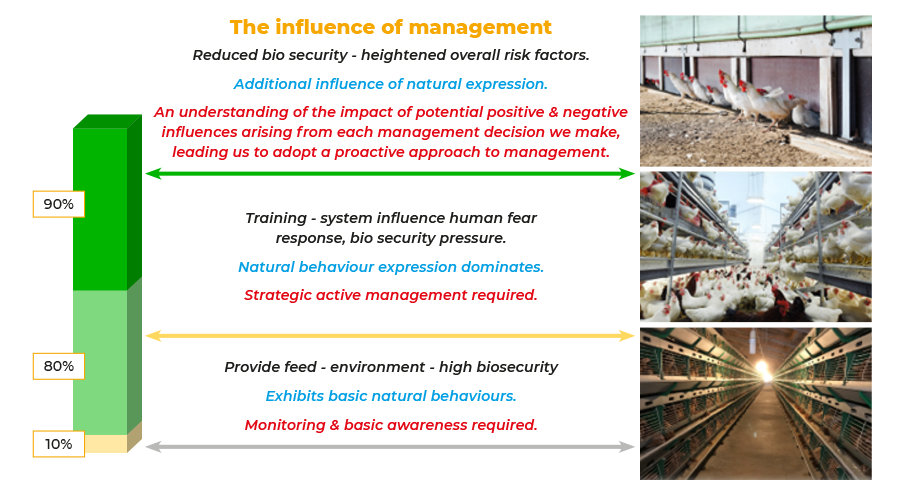
So, let’s dig a little deeper and look at some examples of SAM and when/how we would use it!

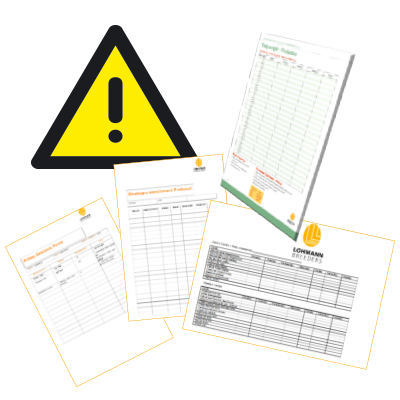
Monitoring programs should be bespoke to your operation and should cover all general management practices plus any site specific issues which you may have experienced in previous flocks.

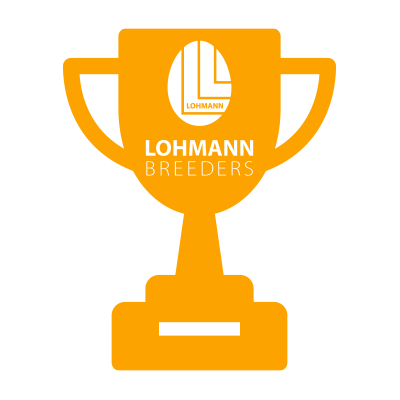
Second, we have to understand when and how to use SAM.
A good example is when we look at feeding and bodyweights.
Imagine we are providing the best feed we can which meets all the nutritional recommendations advised by LOHMANN BREEDERS.
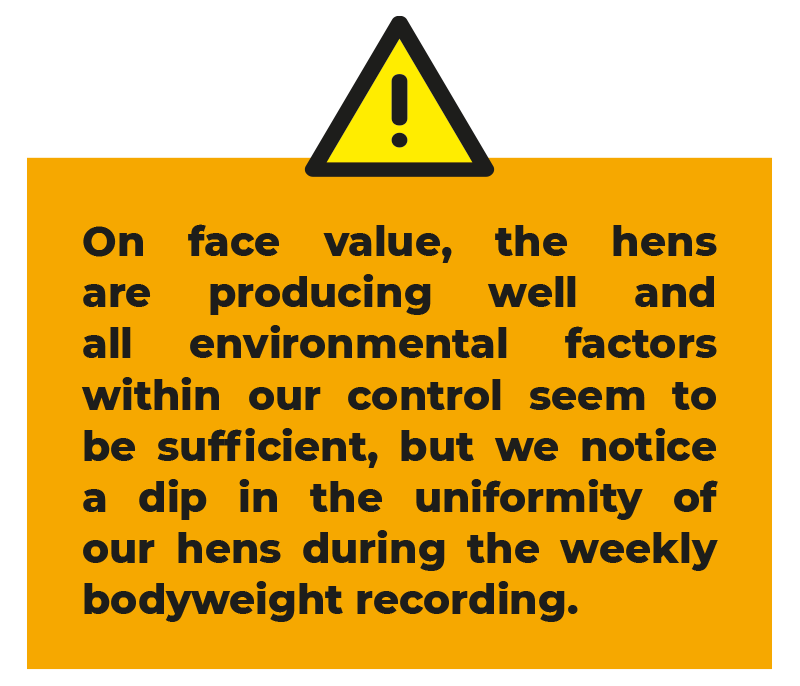



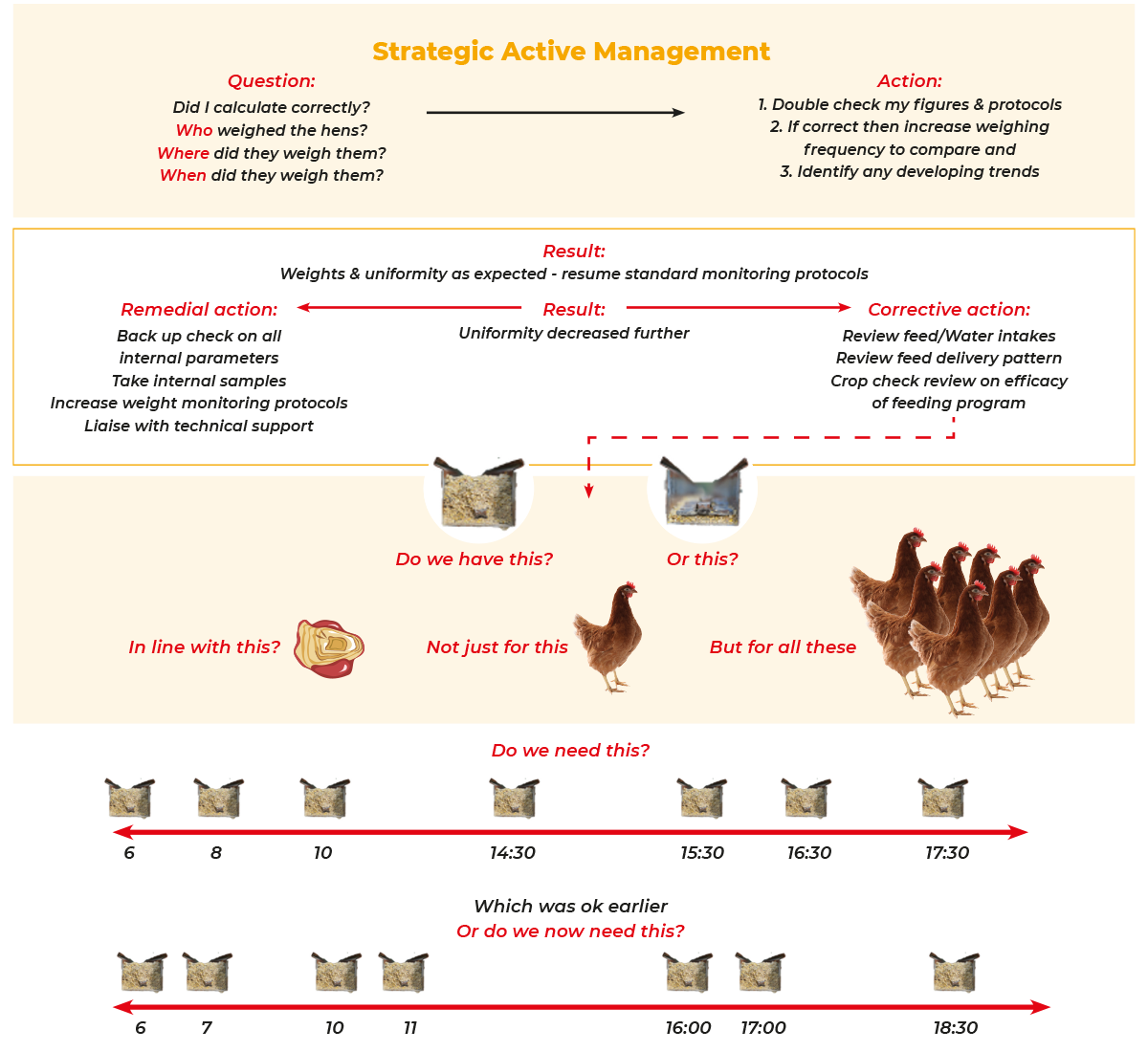

This process of monitoring and adapting your practises is essential in Cage Free systems and is all part of the Strategic Active Management principle.


Lighting. Light programs based on development – light intensity as a tool for behaviour– light dimming programs to control standard and adverse movement.

Nest Boxes. Opening and closing times adjusted in line with laying patterns and used to divert negative behavioural traits. Lighting to attract and also to detract.

Enrichment. Use should be strategic at all times based on the classification of enrichment. Can be used to divert and prevent undesired behaviours as outlined in the RISE strategy designed by LOHMANN BREEDERS.

Health strategies. Should be constantly adapting around current conditions, site history, external pressures.

Feeding. Not only to balance the flock under the one hen concept, but also to facilitate movement and can also be used as enrichment.
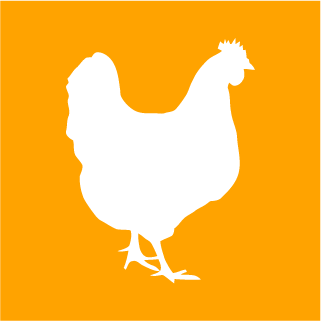
Natural behaviours. No two flocks are the same and what worked for one, may not work for another, so observation and reaction is vital. One example is recurring crowding, a natural behaviour that can soon turn into an undesired behaviour. Spotting behavioural traits of individual flocks can help prevent crowding/piling becoming smothering. Consider using the Lohmann Breeder piling analysis form as a helpful aid.


Please wait while flipbook is loading. For more related info, FAQs and issues please refer to DearFlip WordPress Flipbook Plugin Help documentation.